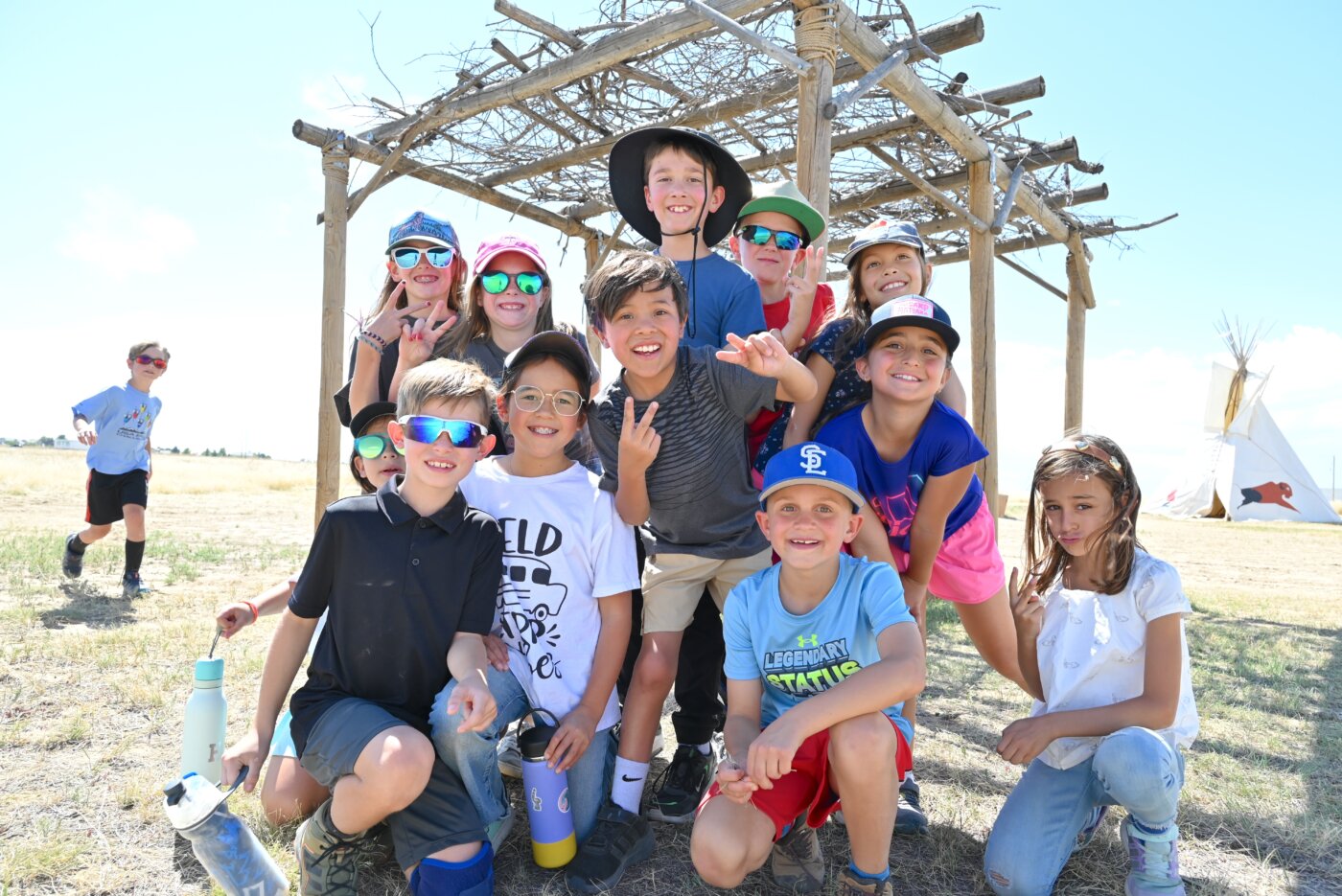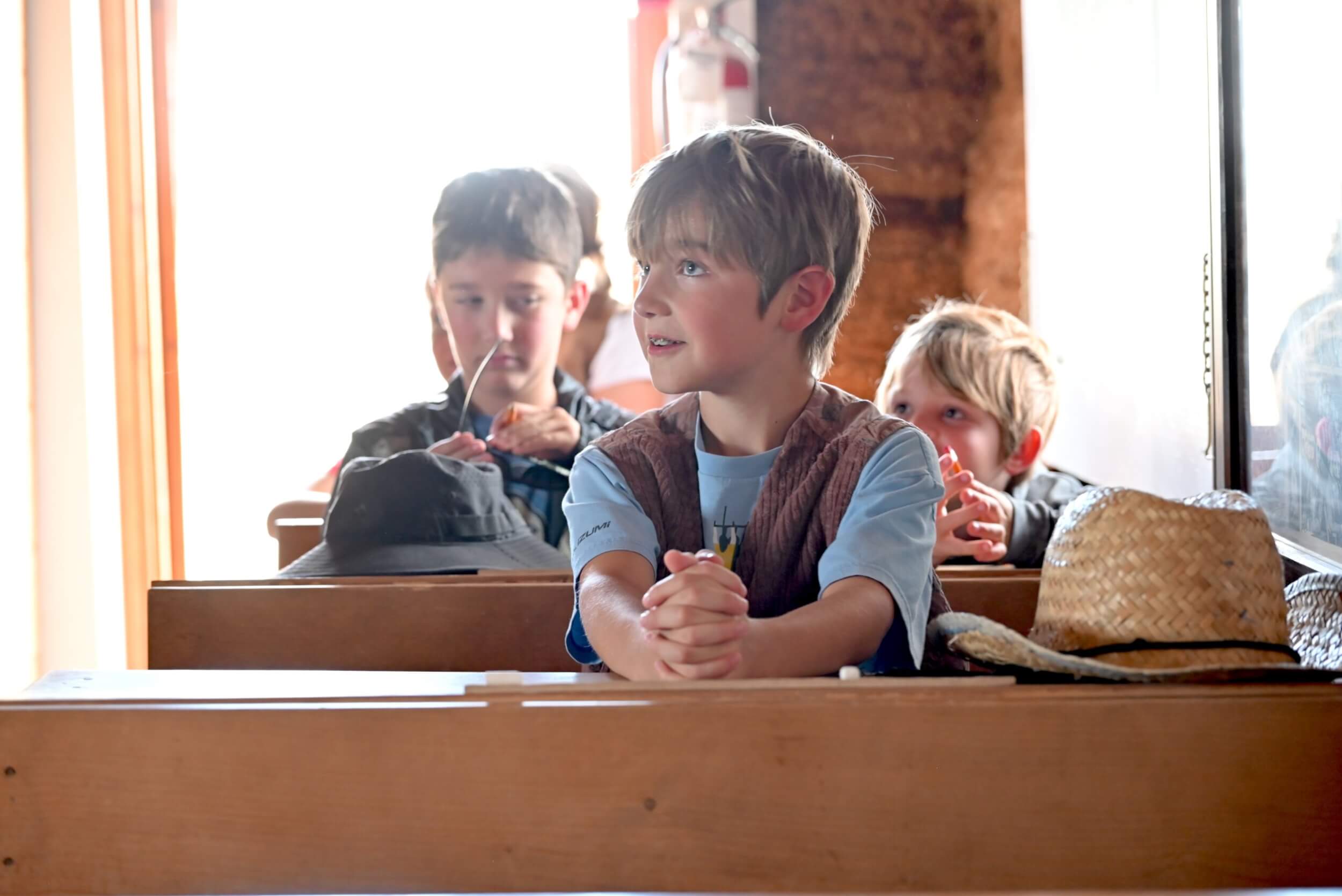For Colorado Academy Third Graders, an annual fall visit to the Plains Conservation Center may seem like just a field trip, but it in fact is something much bigger: The immersive day-long experience—part of the Third Grade calendar for nearly 15 years—is an initiation into the sorts of competing narratives and difficult questions the students will probably face throughout their lives—and which they will definitely encounter as they move through their CA education. It is a prime example of the way that authentic, hands-on explorations of history, science, the environment, and culture are built into the CA curriculum at almost every age.
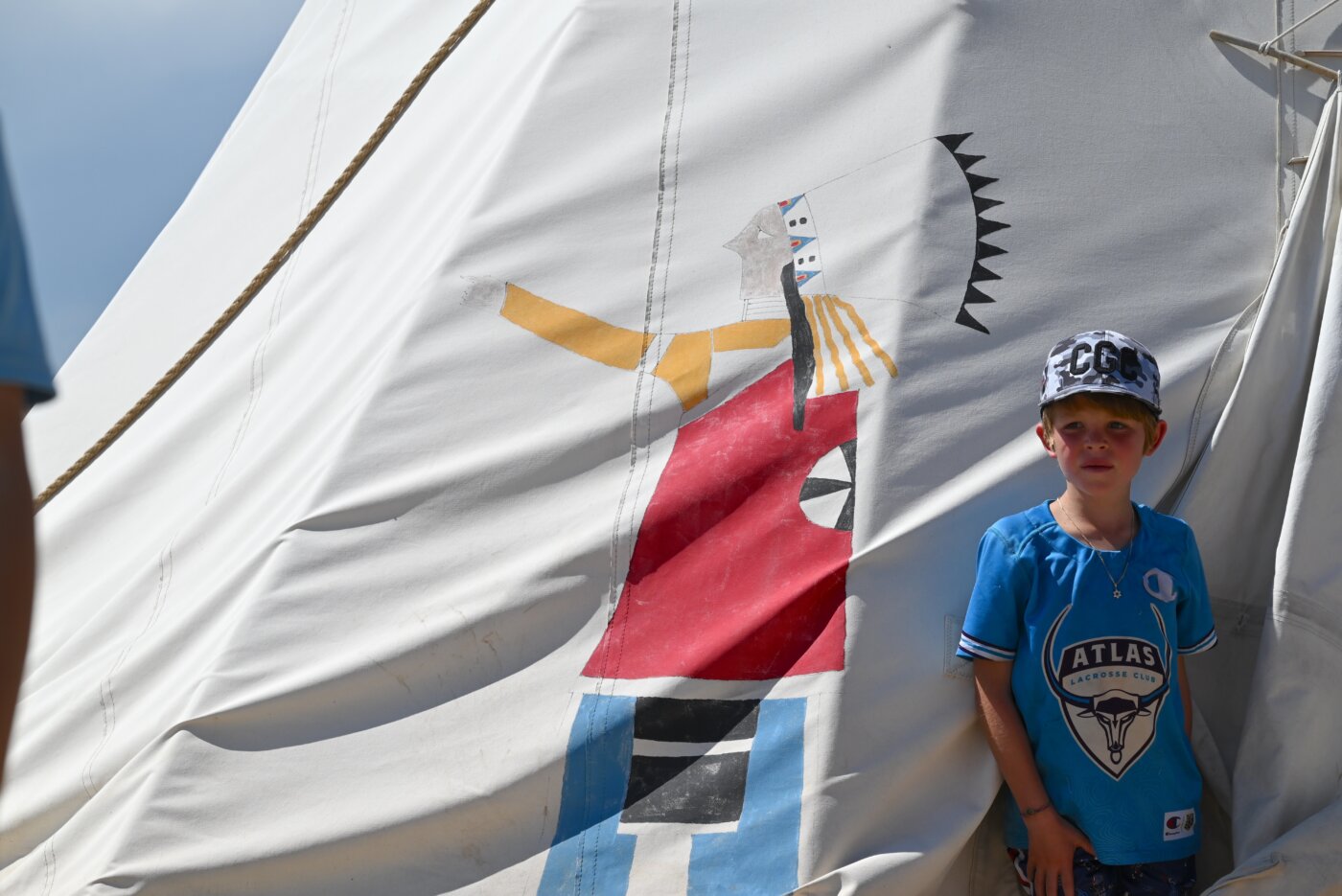
The trip was inaugurated around 2010, when the veteran Third Grade teaching team of Preceptor Stephanie Stone and Senior Instructor Jay Leeuwenburg realized the Center’s dual emphasis on the Cheyenne and Arapaho people, on the one hand, and the European and Eastern settlers who came West in the 19th century, on the other, could offer real-world grounding for a social studies curriculum focused on Colorado history.
“We knew we wanted to include the story of the indigenous people of this region, while also covering Westward expansion,” explains Leeuwenburg, “but we struggled with where to place our emphasis. That’s when we found the Plains Conservation Center—and this has been a ‘mini-capstone’ for Third Graders ever since.”
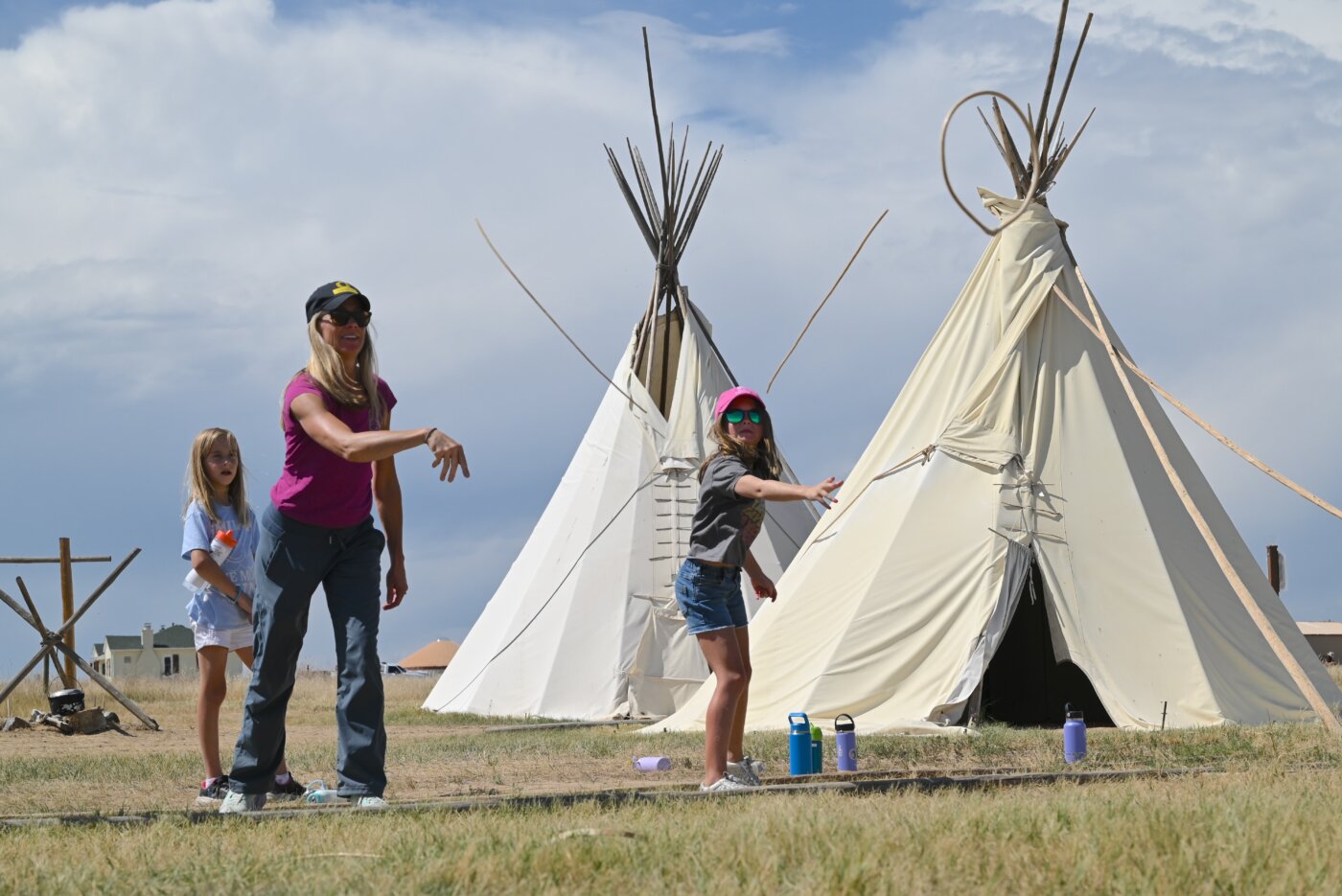
Managed by the City of Aurora, where the Center sits just south of the Buckley Space Force Base, and staffed by educators from the Denver Botanic Gardens, the Plains Conservation Center aims to strengthen connections between people, landscape, and history. The 1,100-acre short-grass prairie preserve and educational center features replicas of a homestead village and tipi camp that showcase pioneer and plains Native American life in the late 1800s.
Visitors step inside tipis authentic to the nomadic Cheyenne way of life at that time, exploring artifacts that point to the culture’s reverence for the bison that roamed the plains, providing food, hides for shelter and clothes, bones for making tools, and other survival essentials. The connection between the enormous migrating bison herds and the Native Americans’ ability to endure the harsh, dry conditions of the plains is inescapable.

A half-mile down a path, a sod village comprising typical homesteads, a one-room schoolhouse, and pens for livestock complete a portrait of the competing vision of plains existence brought westward by settlers, eventually forcing Native Americans to abandon their traditional hunting and foraging practices and cobble together a new way of life on the reservations that we know today. The passage of the 1862 Homestead Act, which enticed Eastern settlers and European newcomers to move West in exchange for the right to own any land that they farmed, stands as a milestone in this narrative of appropriation.
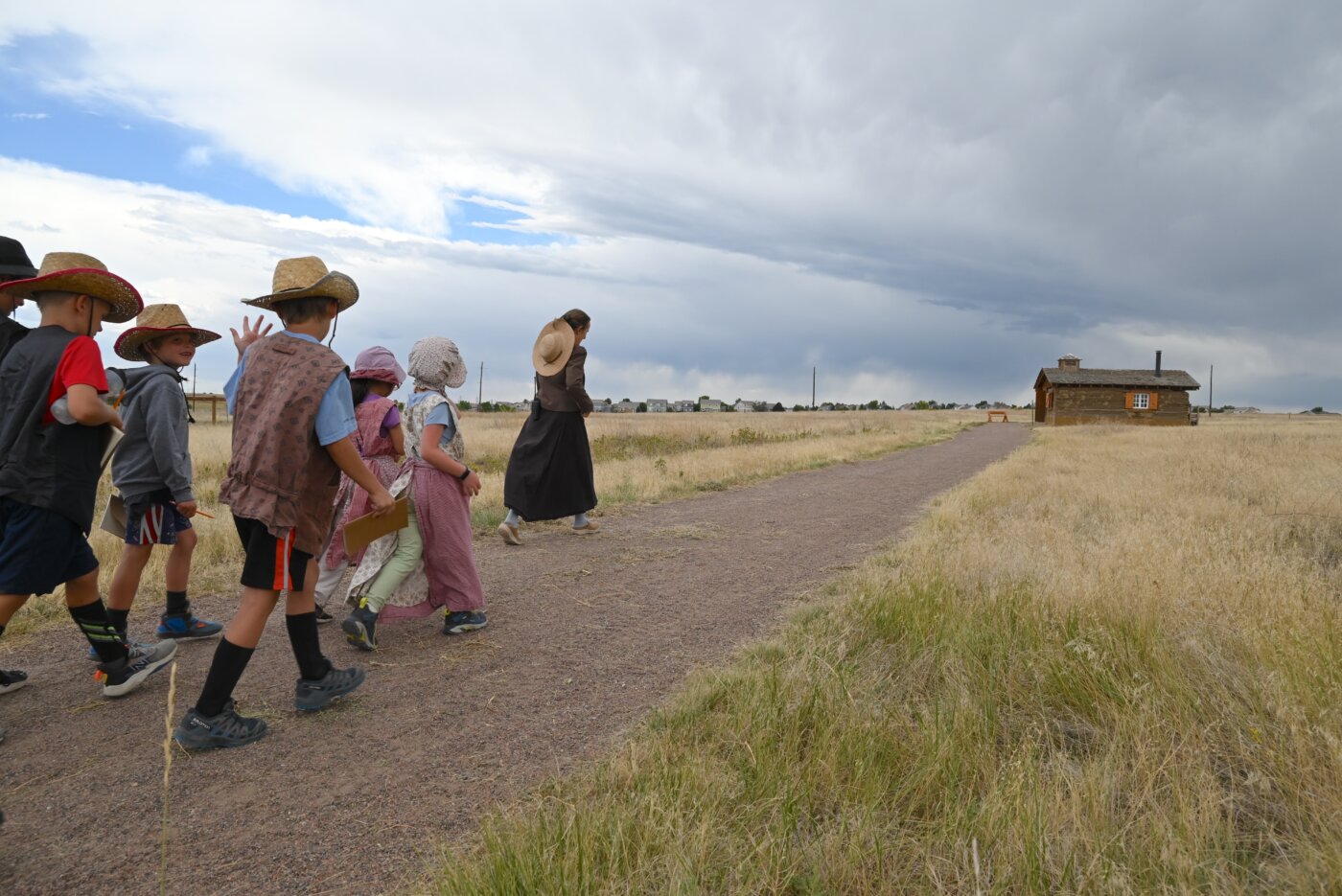
Elephant in the room
Third Grade teacher and Senior Instructor Megan Ollett, who joined Stone and Leeuwenburg this year from the First Grade teaching team, approached her initial visit to the Plains Conservation Center with some apprehension.
“When you look at the history of the State of Colorado—all Western states, really—it’s a pretty gruesome story. For teachers like us,” says Ollett, “there’s always this tension between wanting to honor what really happened and needing to present it in a developmentally appropriate way.”
Adds Stone, “Somehow, we have to address the elephant in the room: the law signed by Abraham Lincoln that eventually enabled Americans to take possession of millions of acres of what was once Native land.”
But, argues Ollett, at the Plains Conservation Center, a careful balance is struck. The competing interests and ways of life of the indigenous tribes and the arriving settlers are authentically brought to life, and they are firmly set within the context of the history and unique ecology of the West. “It’s really a journey back in time—this is not a present-day conflict, but something that happened a long time ago. The Cheyenne, Arapaho, and Ute people are still here in Colorado, and that’s honored, too.”
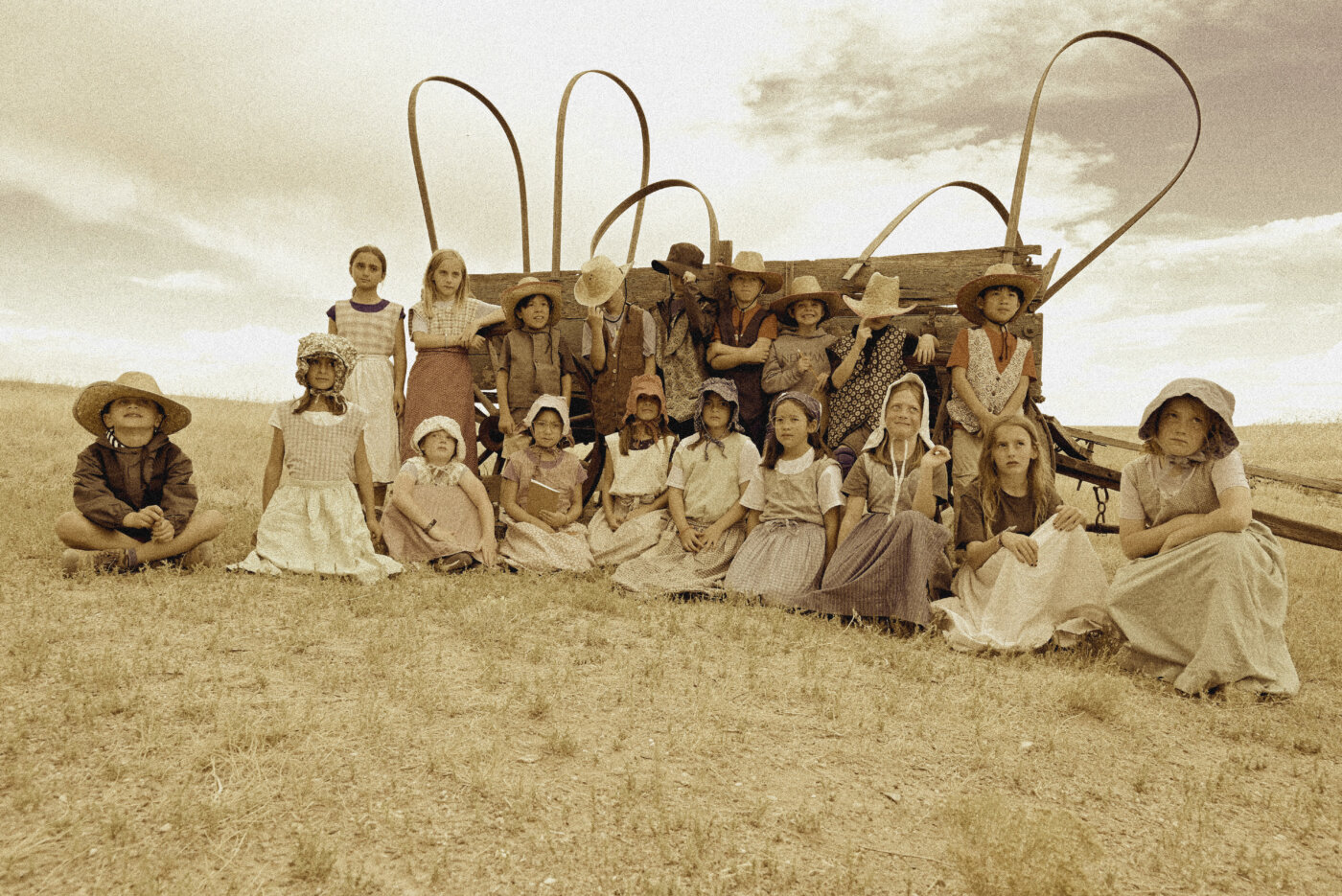
Over time, CA has been able to work with the Center to shape the narrative that’s presented to young visitors, Leeuwenburg explains. When they first began taking Third Graders on the trip, the Center’s educators, as part of their re-creation of Native life, served frybread, a simple, deep-fried dough bread that became a staple after tribes, forced onto reservations, had to make use of flour and other supplies provided by the U.S. government to avoid starvation.
“That’s a very difficult subject to tackle with Third Graders,” Leeuwenburg acknowledges. “The focus has to be on celebrating these peoples who lived in different ways.” Frybread was quietly removed from the menu, instead replaced with items such as bison jerky, dried currants, corn nuts, and prickly pear cactus water—all of which more accurately reflect Native diets. The students learn about other ingenious ways tribal members would have found to thrive, such as making rope by pounding and braiding strands pulled from yucca leaves.

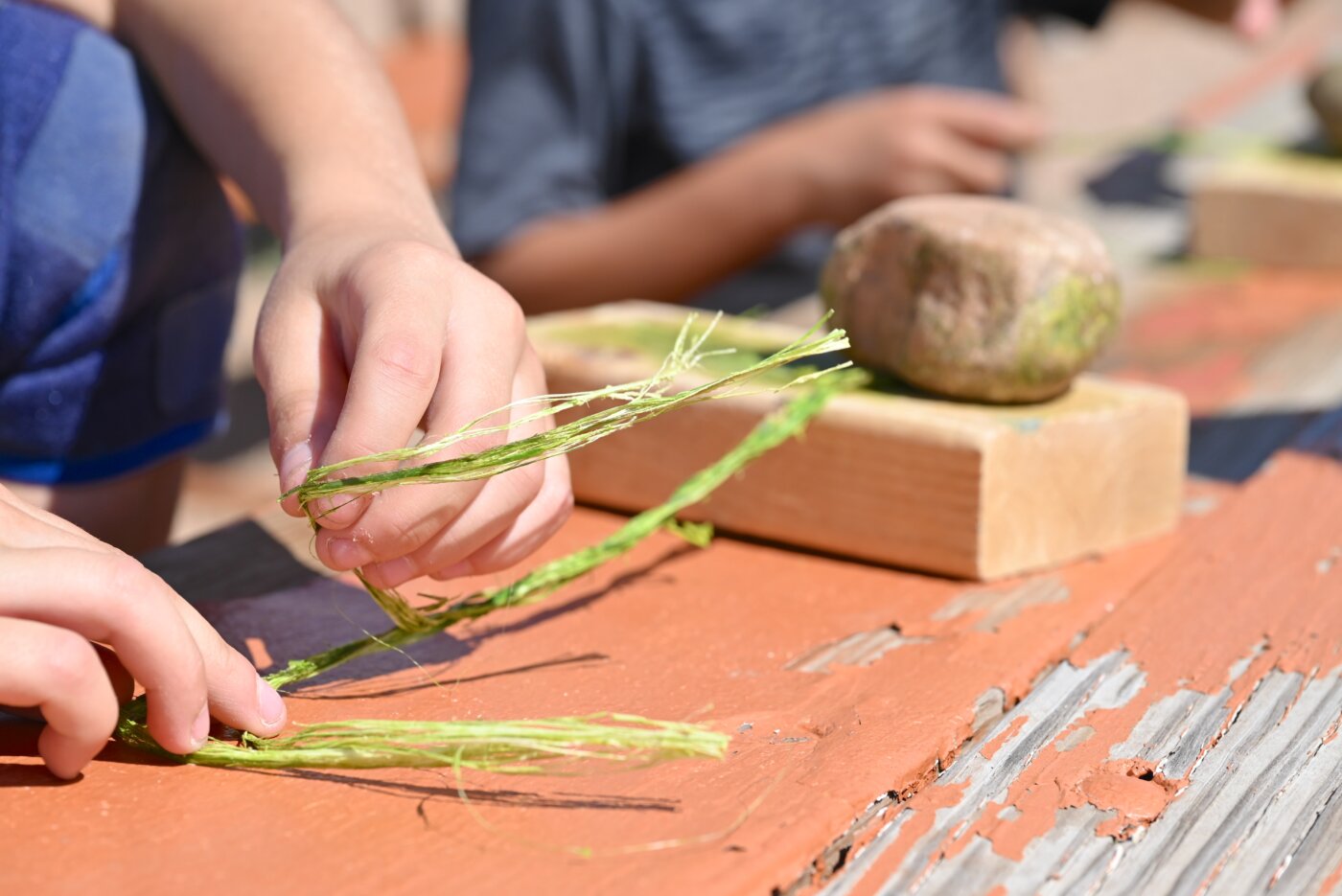
Equally eye-opening is the visit to the one-room schoolhouse and functioning homestead kitchen. Students learn about the very different approach to education practiced in the late 19th century—corporal punishment was routine, and subjects such as elocution and “ciphering” were part of every day’s schedule—and they spend time peeling potatoes and feeding livestock to gain a sense of the hard labor that was also a constant for pioneers.

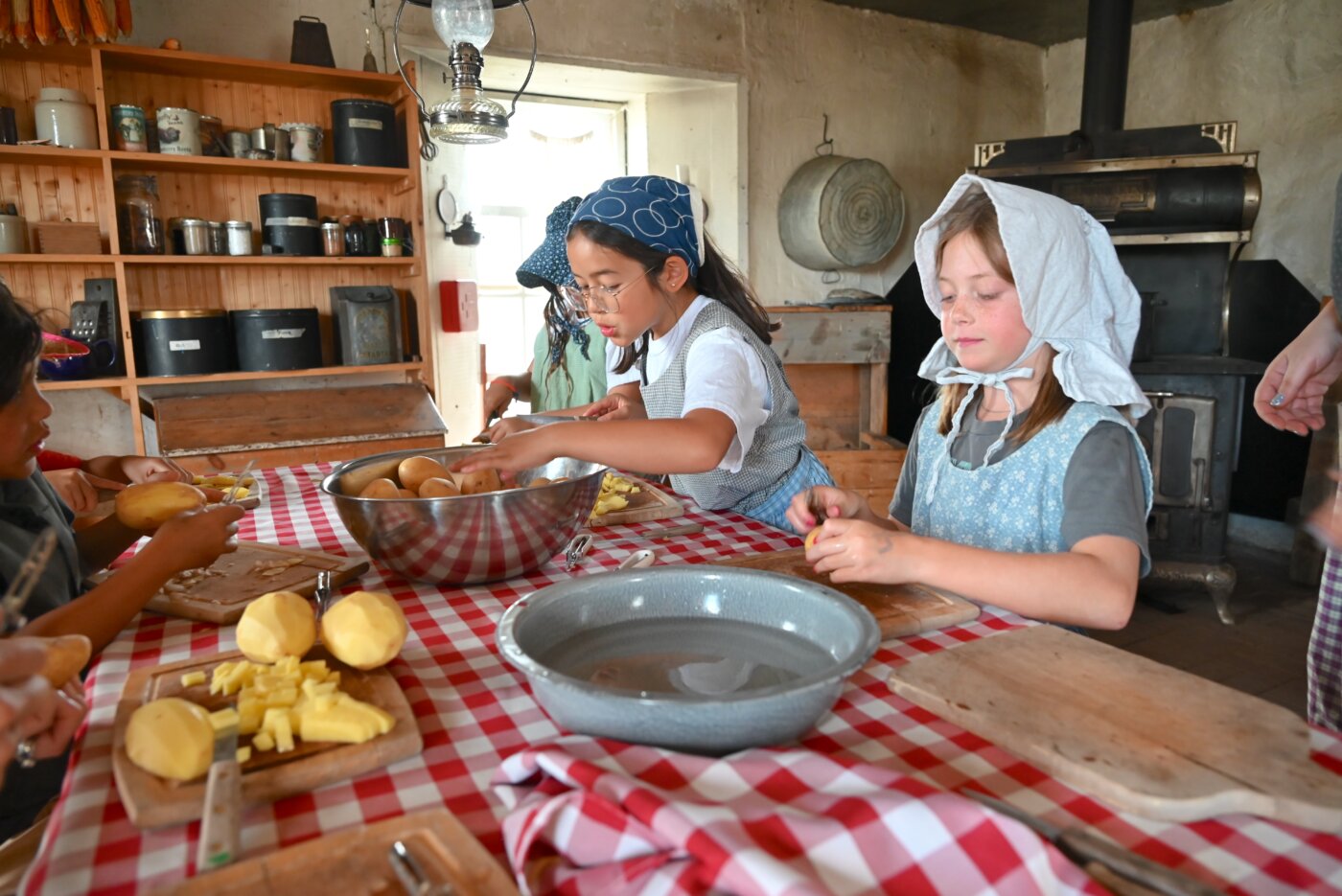
“Many of our students really start to appreciate the differences from today,” says Leeuwenburg.
Girls wear bonnets and aprons in the homestead village, and boys hats and vests. According to Ollett, “The realities of the time resonate with our Third Graders because they’re made so tangible. Things like gender roles and discipline and the rules for children—who were to be ‘seen and not heard’—come into such sharp relief.”
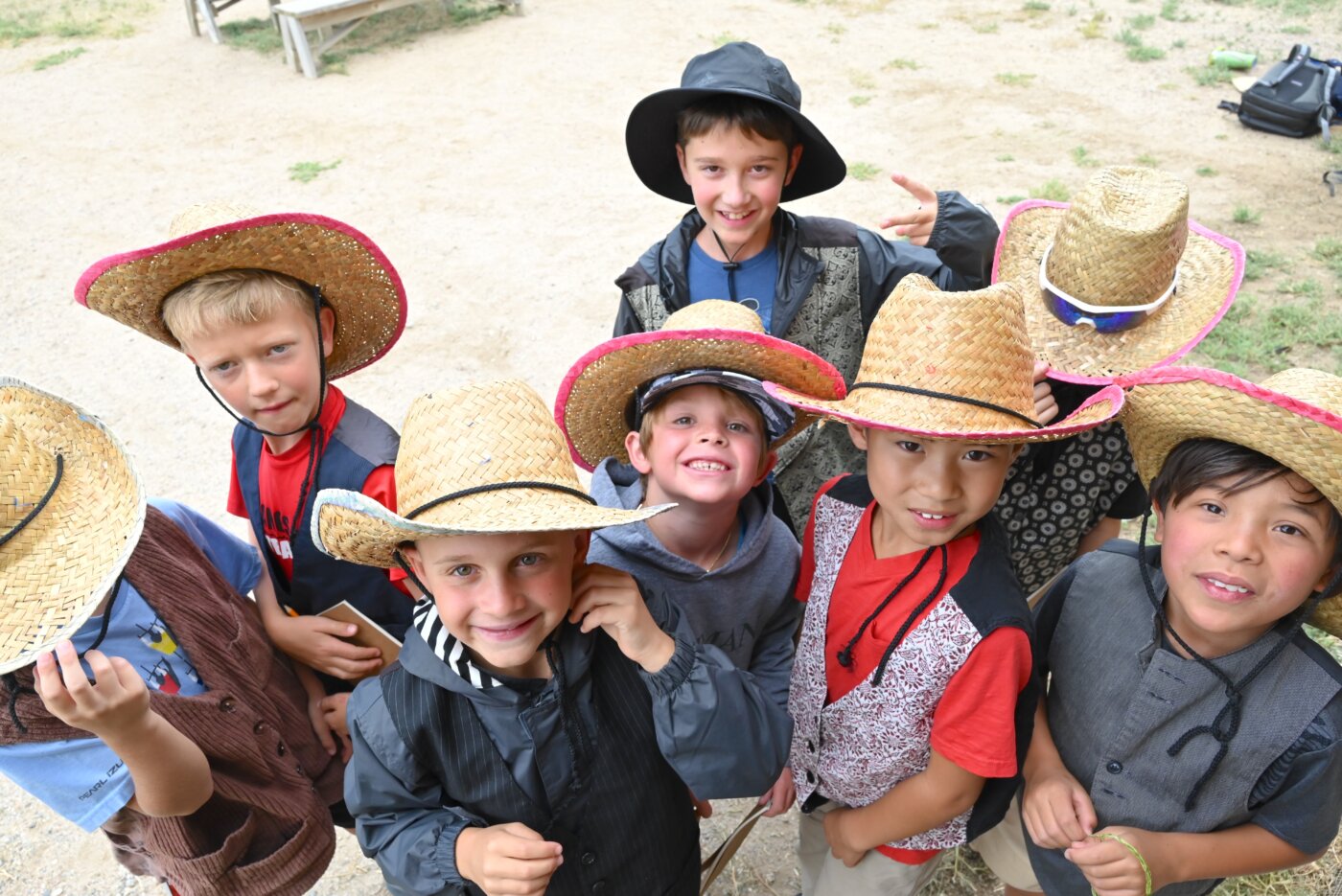
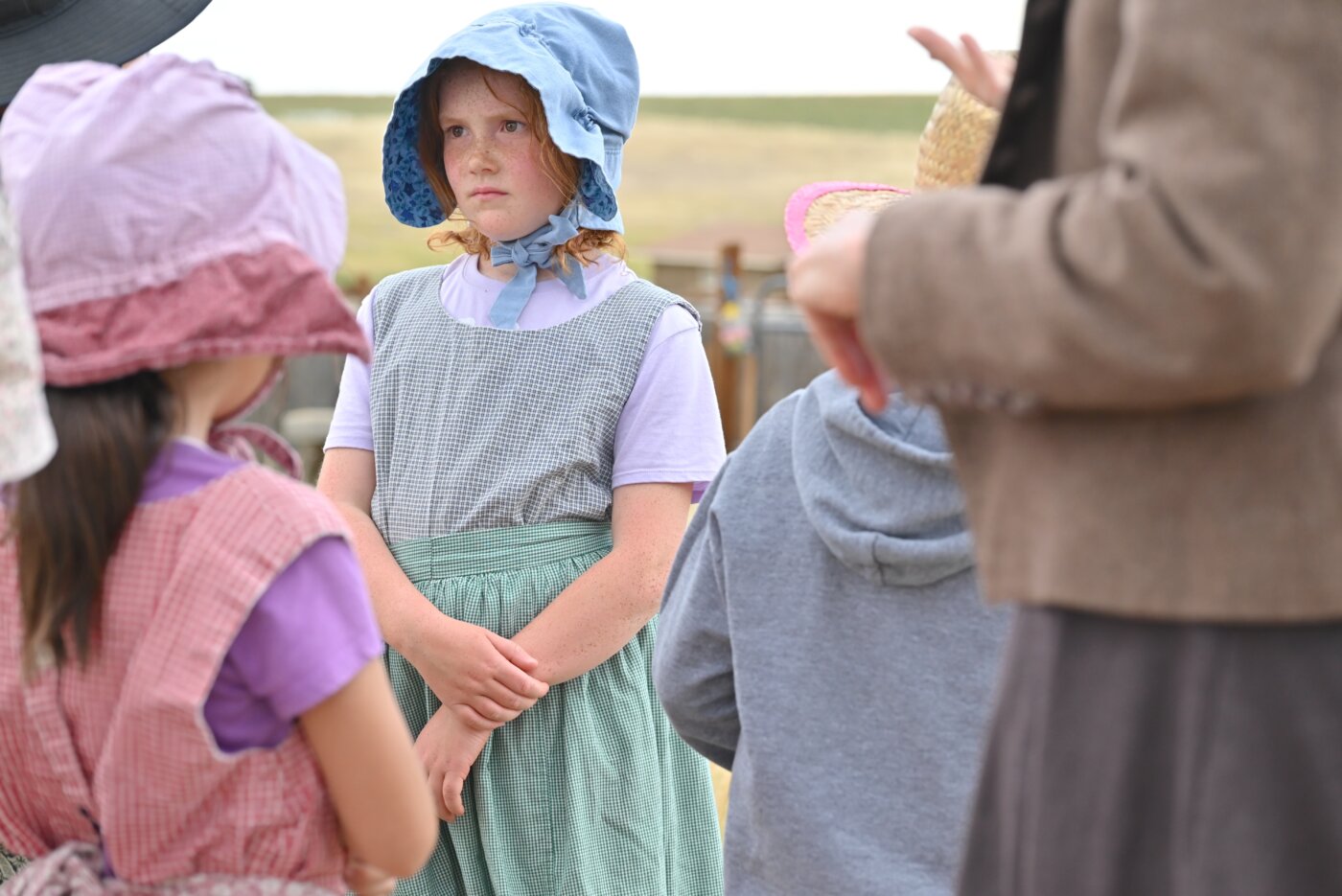
The presence of a family group of pronghorn, also known as antelope, that can be spied resting not far away in the prairie grass has a similarly immediate impact. Along with bald eagles, prairie dogs, and the native grasses and plants themselves, the pronghorn, as the fastest land mammal in the Americas, evolved to survive the harsh conditions, predators, and other dangers in the landscape.
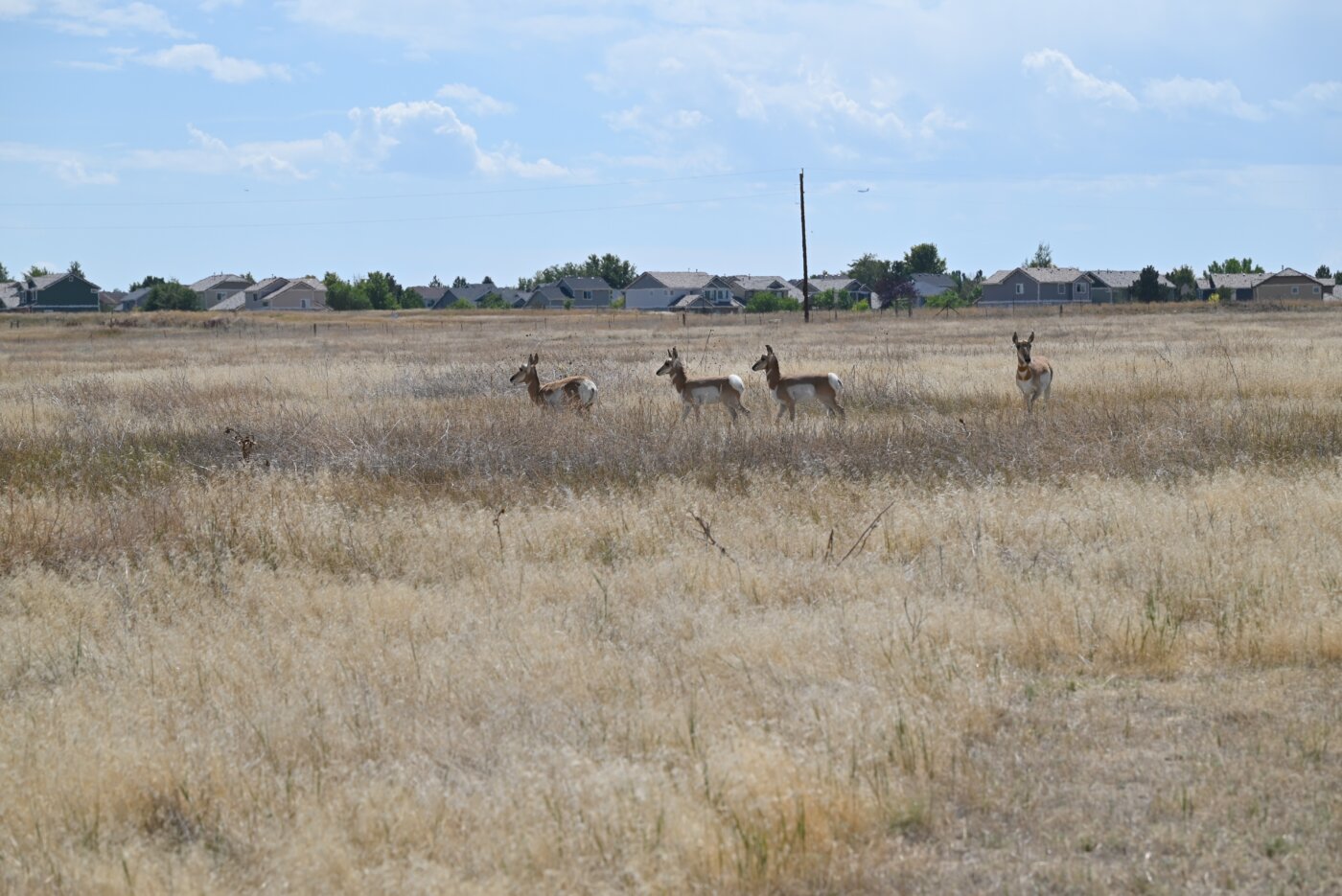
A year’s worth of echoes
The rich portrait that emerges over a day’s immersion on the prairie remains a brilliant touchstone when Third Graders return to their classroom; the trip is far from a one-off experience.
As Ollett explains, vivid sensory impressions from the trip mingle with facts and realizations to inform writing projects throughout the Third Grade’s year-long language arts curriculum. Students create a “memory album” based on the trip, and they imagine living in the past when they answer the writing prompt, “Which would you rather have been—a pioneer settler or a member of a Cheyenne or Arapaho tribe?”
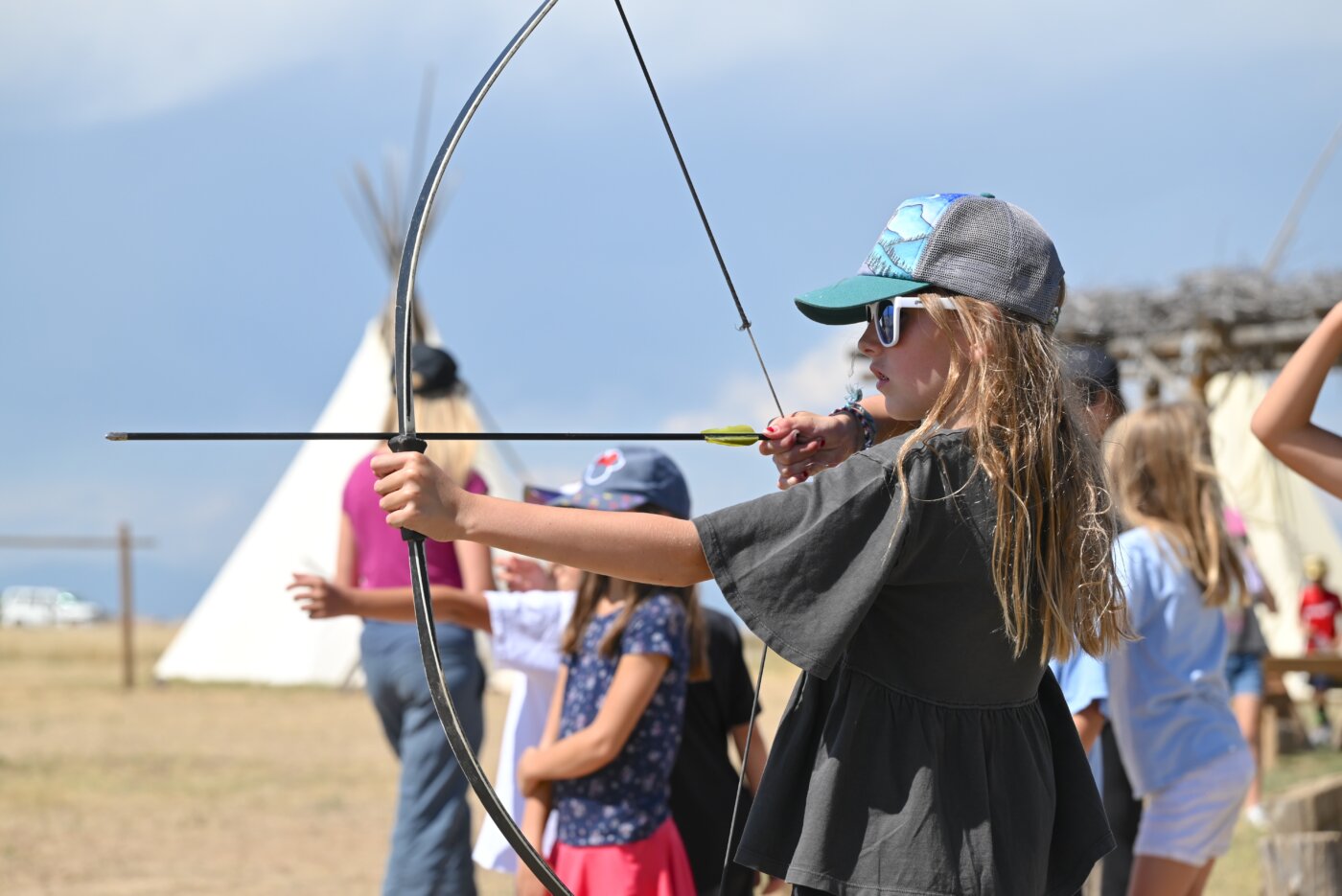
“The answers to that question are always interesting,” Leeuwenburg underscores. Some students can picture themselves hunting bison on the open plains with a bow, like the Native Americans; while others consider the rigid expectations of the one-room pioneer schoolhouse and think there’s something appealing about such an orderly life.
Visiting the Plains Conservation Center also gives Third Graders a chance to experience the landscape that surrounds Denver. “They see this huge open space and realize that we don’t really live in a place where lush green grass and tall trees are everywhere. It plants the seeds of understanding that we settled here and brought things into this place that weren’t here before,” Ollett relates.

Inevitably, water becomes part of the discussion, as what the students learn about its scarcity on the plains of the 19th century comes to shape their perception of the critical and contested role that water continues to play throughout the Western states. Water, seemingly such a simple thing, weaves together so many ideas in science, history, economics, culture, and climate. “There’s such a concern right now about water as a resource,” notes Leeuwenburg, “and a real anxiety about what the future holds. Visiting a place with ‘Conservation’ in its name allows us to talk about what it means to conserve, and how we all have a part to play in protecting the resources of our state.”
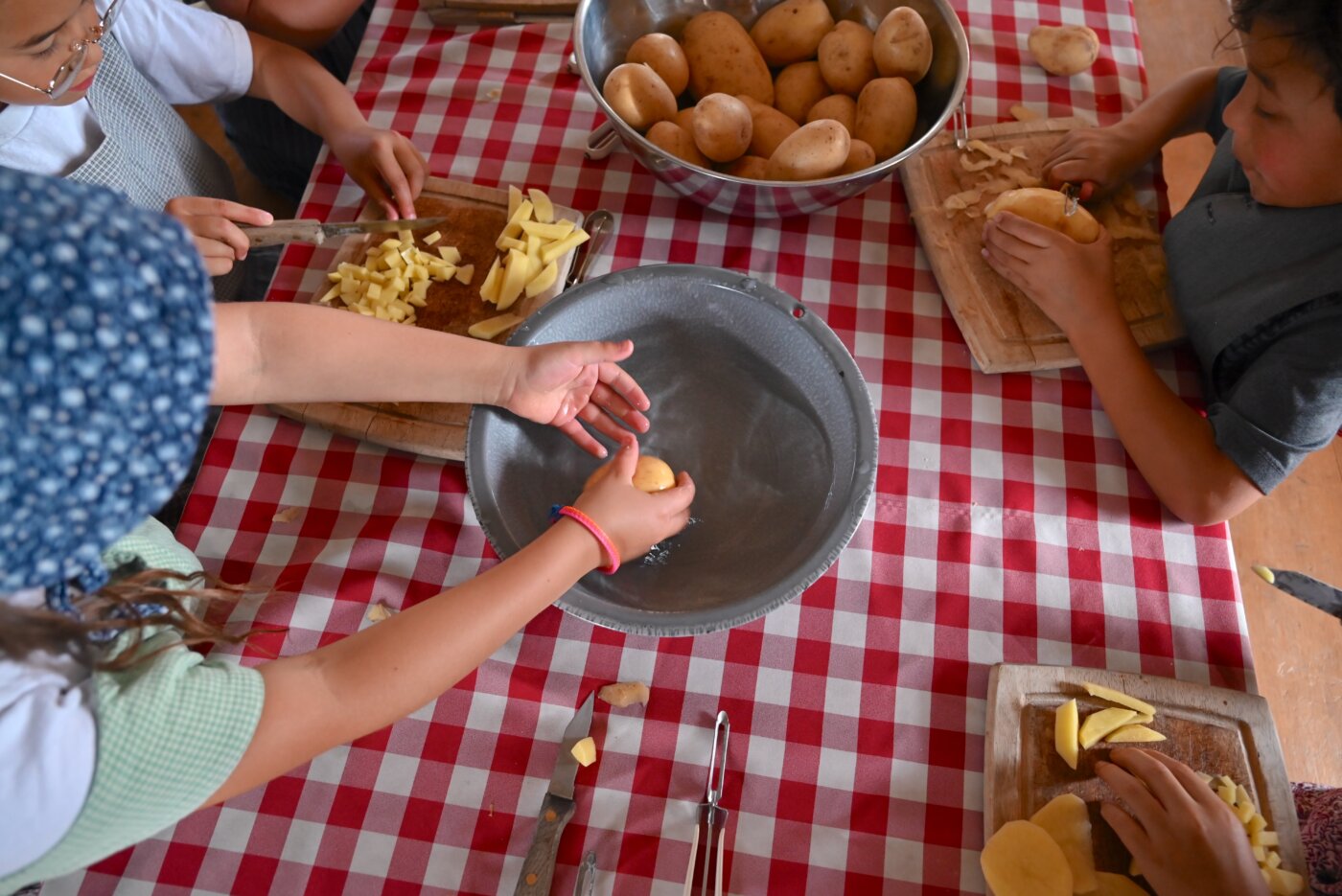
Finally, the day’s immersion in the stories of people for whom Colorado and the Western plains were a source of life and a dreamed-of destination influences one of the central projects CA students complete as Third Graders. Consulting family members as historians, the students research the narratives of their own ancestors’ arrival in Colorado, whether they were actual pioneers (few and far between) or simply transplants, like so many, who chose the state for its natural beauty, economic opportunities, or outdoor adventure.
Every Lower School grade has its own theme. In Third Grade, Ollett notes, it is, “I listen to others and share my voice.” The “How I Got to Colorado” project, she goes on, exemplifies that central concern. “Storytelling—the idea of where people’s families are from, how did they live, in what ways are we the same, and how are we different—these are all things that we can celebrate and learn from.”
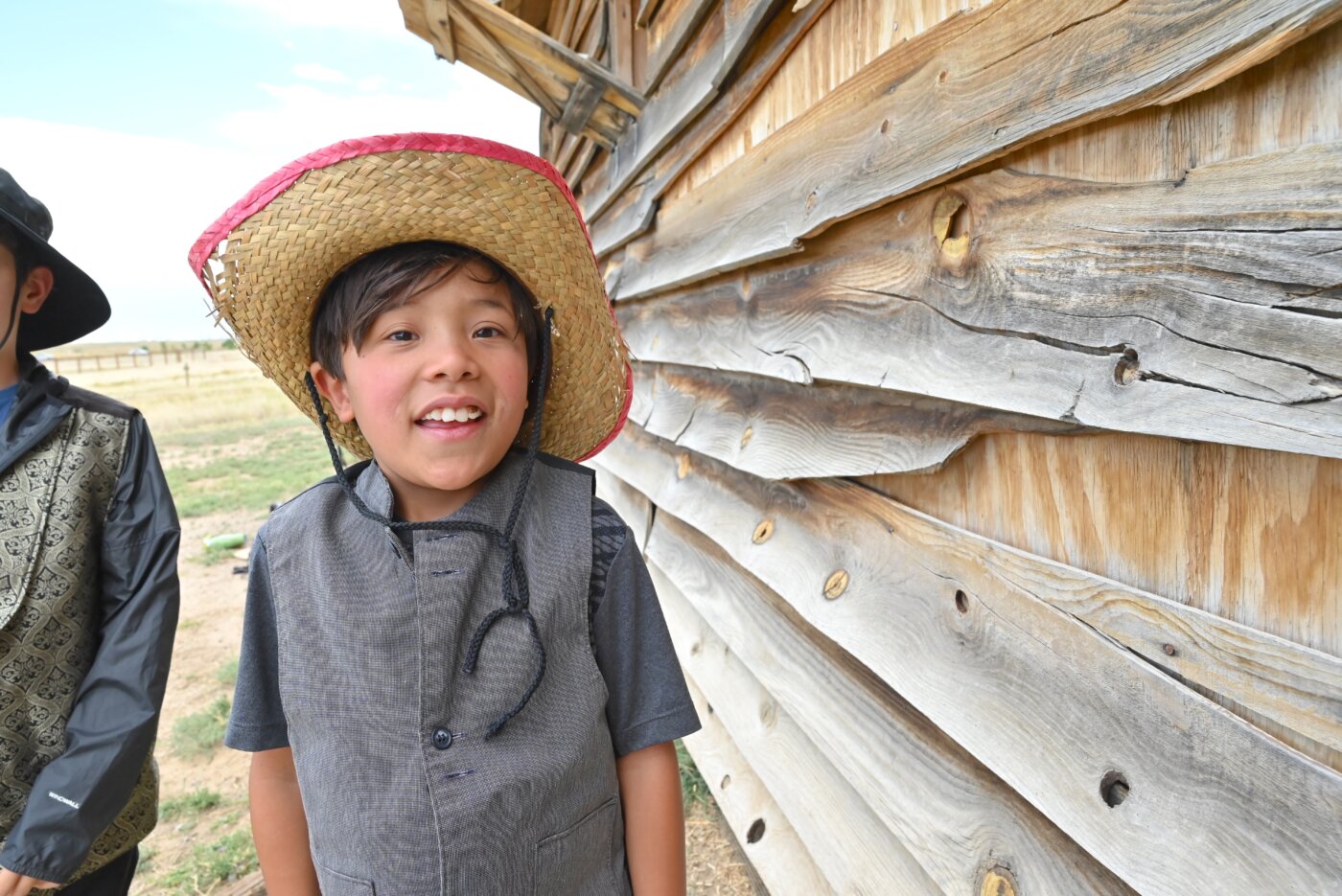
Listening may be the hardest part for Third Graders, Stone observes. “It’s easy to share my voice, but it can be challenging to hear someone else’s.” But listening to what the plains can teach—to the sagas of the Cheyenne and Arapaho people, to the travails and hopes of the pioneer settlers, to the adaptations of pronghorn and prairie dogs, and even to the histories of classmates’ families—is certainly excellent practice.
